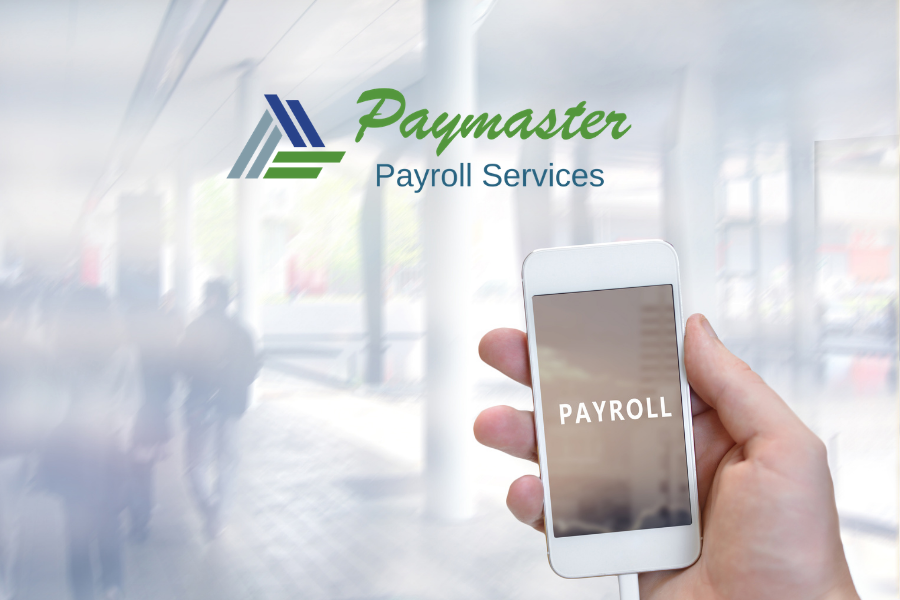EMPLOYEE RETENTION CREDIT
What Businesses Should Know
The Coronavirus Aid, Relief, and Economic Security Act, passed on March 27, 2020, provides a refundable tax credit against certain employment taxes equal to 50 percent of up to $10,000 of qualified wages (including certain health plan costs) that an eligible employer pays to employees after March 12, 2020, and before January 1, 2021. Thus, the maximum credit is $5,000 (50 percent × $10,000) per employee, for the 2020 calendar year.
Subsequent changes to the ERC, made by the Relief Act, for all 4 quarters of 2021 includes: Eligible employers can now claim a refundable tax credit against the employer share of social security tax equal to 70% of the qualified wages they pay to employees after December 31, 2020, through December 31, 2021. Qualified wages are limited to $10,000 per employee, per calendar quarter, in 2021. The maximum employee retention credit available is $7,000 per employee per calendar quarter, for a total of $28,000 for all 4 quarters of 2021.

Who qualifies for this credit?
Credit Requirement
Tax Year 2020
Tax Year 2021
Employee Count
Less than 100 FTE
Less than 500 FTE
Reduction in Gross Receipts*
50%
20%
Credit Requirements
Tax Year 2020
Employee Count – Less than 100FTE
Reduction in Gross Receipts* – 50%
Tax Year 2021
Employee Count – Less than 500FTE
Reduction in Gross Receipts* – 20%
*ALTERNATE QUALIFIER – IF YOUR COMPANY HAS THE RIGHT EMPLOYEE COUNT, BUT HAS NOT HAD THE REQUIRED DECLINE IN GROSS RECEIPTS, YOU MAY STILL QUALIFY IF YOUR COMPANY WAS SIGNIFICANTLY IMPACTED BY A COVID RELATED GOVERNMENT ORDER.
How is the credit calculated?
Calculate the number of employees. The term “full-time employee” (FTE) means an employee who, with respect to any calendar month in 2019, had an average of at least 30 hours of service per week or 130 hours of service in the month. An employer that operated its business for the entire 2019 calendar year determines the number of FTEs by taking the sum of the number of FTEs in each calendar month in 2019 and dividing that number by 12.
HOW TO DETERMINE QUALIFIED WAGES
The determination of which wages are “qualified wages” depends on the average number of FTEs employed by the eligible employer in 2019:
Larger employers (more than 100 FTEs):
Qualified wages are generally wages, including certain allocable health plan expenses, (up to $10,000 per employee) paid to employees who aren’t providing services because operations were suspended or due to the decline in gross receipts. Note: Only count wages up to the amount the employee would have been paid for working an equivalent duration during the 30 days immediately preceding the period of economic hardship.
Smaller employers (fewer than 100 FTEs):
Qualified wages are wages, including allocable health plan expenses, (up to $10,000 per employee) paid to any employee during the period that operations were suspended or the period of the decline in gross receipts, regardless of whether employees are providing services.
AVOID DOUBLE DIPPING:
PPP Loan Wages:
FFCRA Wages:
WOTC Tax Credit Wages:
HOW DOES AN EMPLOYER CLAIM THE CREDIT?
If your business is eligible for the Employee Retention Credit, you can receive the credit in one of three ways:

Reduce employment tax deposits.
Employers can be immediately reimbursed for the credit by reducing the amount of payroll taxes withheld from employees’ wages the employer is required to deposit with the U.S. Department of the Treasury.

Advance refund.
Submit Form 7200 to receive an advance refund of the Employee Retention Credit any time during a quarter. An employer may request a refund equal to the anticipated credit amount for that quarter, less any amounts received through reduction of payroll deposits. An employer should reconcile any reductions to employment tax deposits or advance refunds received on its Form 941 for the applicable quarter.

Amend the Quarterly Return.
WHAT DOCUMENTATION SHOULD BE RETAINED?
Employers should retain the following documentation to support their eligibility for the Employee Retention Credit:
Qualifying reason.
Employee count calculations.
Calculations to support the amount of the Employee Retention Credit.
Ready To Get Started?
FOCUS MORE ON YOUR TIME|MONEY|BUSINESS

We have already helped our clients to claim millions in Employee Rentention Credits!
There is still time to claim your credits. Time is running out! Contact us to see if you qualify.
"*" indicates required fields





